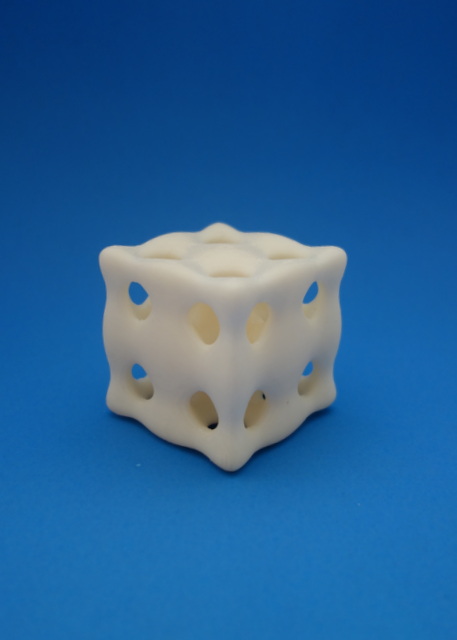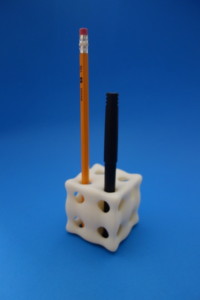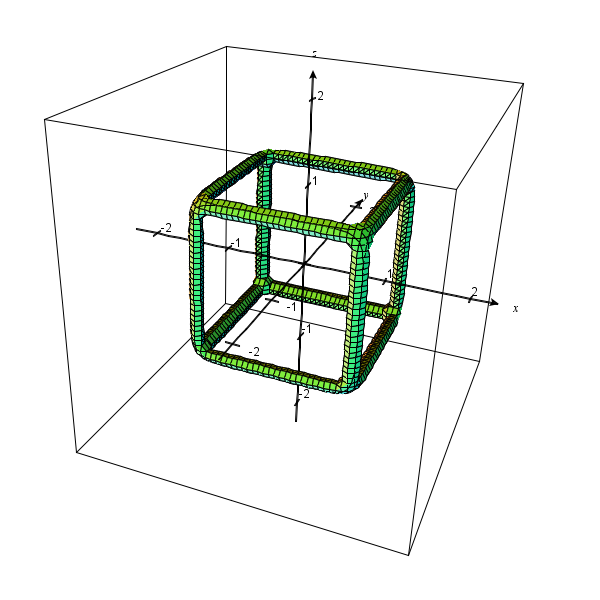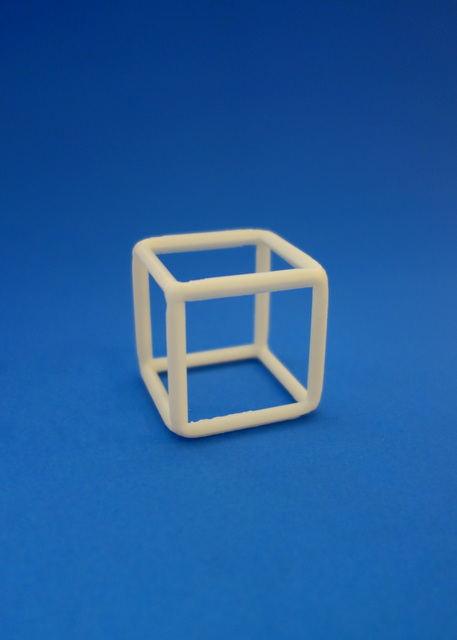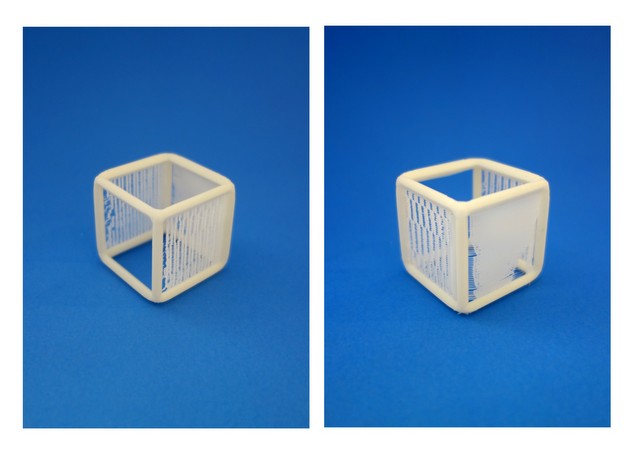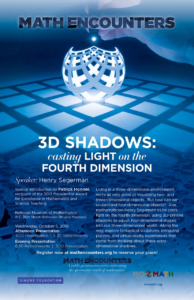 Mathematician, artist, and 3D-printing virtuoso Henry Segerman will be speaking at the Museum of Mathematics on October 5th, 2016.
Mathematician, artist, and 3D-printing virtuoso Henry Segerman will be speaking at the Museum of Mathematics on October 5th, 2016.
Henry is currently a professor at Oklahoma State University, where he researches geometry, topology, and mathematical visualization. His mathematical 3D printing is truly amazing: to start, you can check out his triple gears, stereographic projections, and Hilbert curves. And he has recently published a book, Visualizing Mathematics with 3D Printing, that includes companion 3D prints that readers can download for free and print themselves! He is also involved in fascinating work in spherical video (see this spherical droste video for an example) and virtual reality, and has been featured in several Numberphile videos.
Henry will be giving a talk as part of MoMath’s Math Encounters series. His talk is titled “3D Shadows: Casting Light on the Fourth Dimension”, and is sure to make for a fascinating evening. I am proud and excited to be introducing Henry, whom I’ve known for many years, and whose work inspires me both as a mathematician and as a teacher.
You can find out more about the event and register here.
UPDATE: The museum has made Henry’s full talk is available here.


